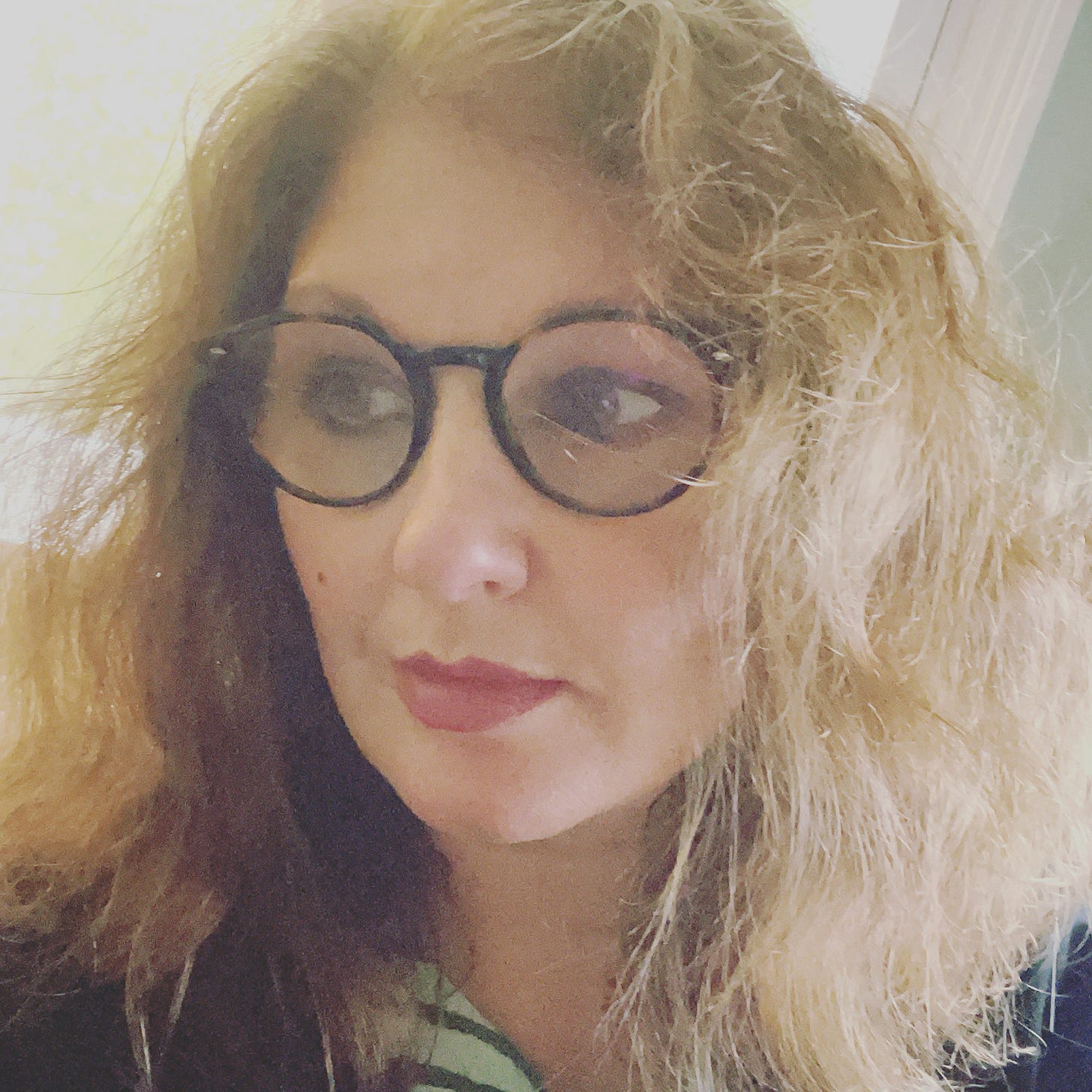Listen to the podcast above. Read the companion article below.
When I hear sound it creates strong synaesthetic responses in me.
When I was a child, the sound of some words made me nauseous - not the meanings of the words, their sounds.
I could taste the sound which was really challenging.
I feel sound in textures, colours and weight.
To me, sound is a solid thing with edges and shape.
I feel sound inside my body - although I'm not sure where. I think it's around my solar plexus but sometimes this sound sense moves.
When I'm writing a piece of music I know what colours I want it to be. I know the thickness, breadth of it. I know how it feels if I imagine I'm putting my hands on it. This multi-sensory experience is a key part of understanding the music my subconscious is telling me to write.
I listen deeply. I can hear nuances in people's speech. I can mimic the sounds quite accurately.
When I create a new character voice - for example, my ‘pompous man’ voice - I imagine the physicality of the character and translate that into sound. (If you listen above you can hear me go through this process).
I want to create a fat voice, so my shoulders hunch up, as if by belly is too big for my arms to just hang at my sides. I thicken my neck. My jaw juts and I create puffy pockets of air in the sides of my cheeks. I want to sound as if I've just been feasting on stilton and port.
My mouth needs to sound wet.
The pitch of my voice drops.
For the ‘pompous man’ voice, I want to infer a kind of corpulence, so the voice becomes rougher, somehow stuck in my throat.
I want to sound as though I’m too fat to breathe properly, too fat to properly speak. I create a lisp and a sibilance where the 's' and 't' sounds I make are created by my front teeth and my bottom lip, instead of the alveolar ridge.
When I make these sounds, I push air out of the sides of my mouth. I use my bottom lip a lot - it creates a 'bloviating' sound.
I love using the illusion of running out of breath, as if I'm relying on rib-reserve breathing when I'm actually not.
This pompous voice is a very 'embodied' sound.
I couldn't make this character voice without creating a sense of the body the voice is attached to.
I feel this 'fake body' physically and visually. I picture what my 'fake body' looks like. I imagine what it feels like to wear this body.
If I can picture the character’s body, if I can feel it, I can make the sound.
If you’ve not already listened to the audio above, have a listen now. You’ll hear how the character voice sounds.














Share this post